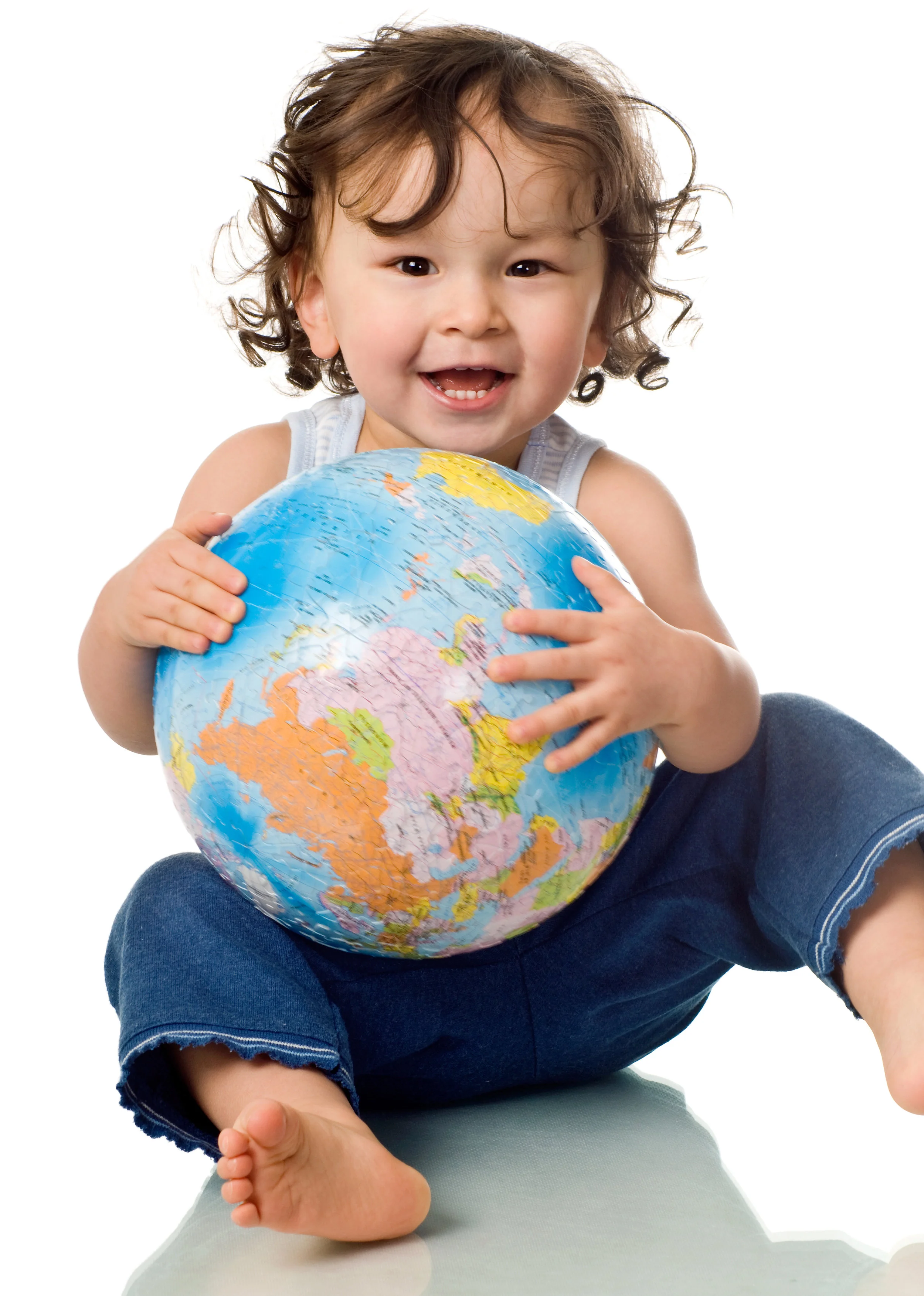Italian food is a big part of Italian cultural heritage. At the same time, pizza must be one of the most popular foods and, for sure, it’s one of the most consumed and kids love it! Traveling around the world, you can find pizza almost everywhere, as well as buy a slice of pizza at a street corner and in a luxury restaurant. La cucina Italiana (Italian cuisine) is also famous for flavorful pasta, lasagna, risotto, ossobuco, tiramisu, etc. These delicious preparations are just the tip of an iceberg in terms of all that this cuisine offers. Followed by these, the calzone rank pretty high in the popularity chart worldwide.
It is much like the stuffed version of pizza, with similar taste, flavors, and flexibility to choose (vegetarian, non-vegetarian, or vegan) filling as per your preferences. Over the years, people have experimented generously to figure out which food combination works best in this addictive preparation.
Typically, the calzone is stuffed with ham, vegetables, salami, or egg, and any of the cheese that melts well upon heating, such as mozzarella, parmesan, ricotta, etc. The most popular calzone filling comprises fresh tomatoes, mushrooms, differently colored bell peppers, fresh herbs, and shredded mozzarella. However, various regions might have a varying filling that is usually associated with the pizza toppings popular in that region. Like in the US, calzones are mostly stuffed with meats, a combination of cheeses- ricotta, parmesan, mozzarella, provolone, etc., and a few vegetables. Have your kids tried a calzone before? You can make them as a hand-pie for little ones with simply tomato sauce and mozzarella. It’s also a good chance to add secret veggies and protein to the filling for a balanced meal.
Other popular calzone fillings can include the combination of artichoke hearts, asparagus, differently colored bell peppers, broccoli, capers, eggplant, mushrooms, olives, onion, tomato, zucchini, cheese (Swiss, mozzarella, cheddar, ricotta, gruyere, goat, blue, etc.), and herbs (rosemary, basil, oregano, etc.).
Use a wok for stir-frying the filling ingredient, as you need to keep the crunchiness of vegetables intact while preparing the calzone filling. This is because the filling ingredients will be cooked again in the oven when the bread dough bakes. Find the best wok buying options here; you will be amazed by the best reviews and purchase guide mentions on this page.
So, now that you are better aware of what all can be used as a calzone filling search for the ingredients of your interest to make one for yourself today!
INGREDIENTS
1 pizza dough (homemade or store-bought)
Impasto per pizza
50g cottage cheese, small cubes
fiocchi di latte
1 small red onion, chopped
Cipolla rossa
1 small red bell pepper, chopped
Peperone rosso
1 small yellow bell pepper, chopped
Peperone giallo
1 small capsicum, chopped
Capsicum
1 small zucchini, chopped
Zucchine
¼ cup mushrooms, chopped
Funghi
1 large red ripe tomato, chopped
Pomodoro rosso maturo
½ tablespoon fresh basil leaves, chopped
Basilico
½ teaspoon dried oregano
Oregano
1 tablespoon extra-virgin olive oil
Olio extravergine d'oliva
Salt, to taste
Sale
¾ cup mozzarella, shredded
DIRECTIONS
1. Preheat the oven to 225 degrees C and grease a baking tray with a few drops of oil.
2. Heat olive oil in a pan and sauté onion until it turns pink in color.
3. Stir in red bell pepper, yellow bell pepper, capsicum, zucchini, mushrooms, tomato, and cook it for 3-4 minutes.
4. Season the vegetable mixture with salt, black pepper, oregano, and basil.
5. Stir in cottage cheese to the vegetable mixture and turn off the heat.
6. Roll the pizza dough into ¼ inch thick circle and cut out 3-4 equal-sized circles from it.
7. Equally divide and put the cooked filling at the center of each dough rounds.
8. Top the filling with an equal quantity of mozzarella cheese.
9. Now, pull half of the unfilled dough over the filled half and seal edges of each dough round to get half-moon shaped calzone pockets. Repeat this process with the remaining dough and filling.
10. Carefully transfer the calzones onto the prepared baking tray and bake them for about 15 minutes or until golden in color.
11. Serve hot and enjoy!
Photo by Roberto Valdivia on Unsplash




